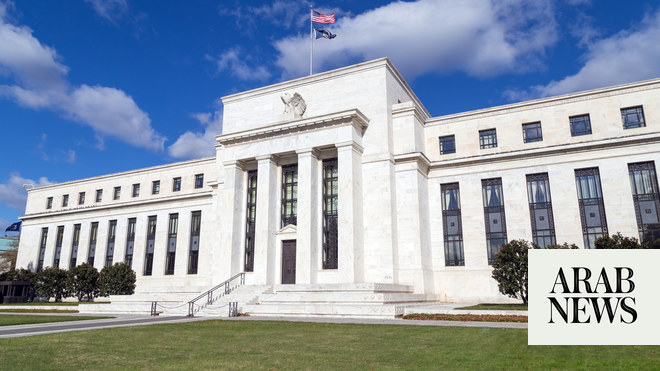
RIYADH: A delay in interest rate cuts by the US Federal Reserve will see Gulf Cooperation Council banks’ profitability remain strong in 2024, according to S&P Global Ratings.
This comes as most GCC central banks typically mirror Washington’s rate movements to preserve their currency pegs.
In early May, the US Fed kept its benchmark level between 5.25 percent and 5.50 percent for the sixth-consecutive period.
In a statement, the US credit rating agency revealed that it also expects asset quality to remain robust despite the prolonged high interest rates, thanks to supportive economies, contained leverage, and a high level of precautionary reserves.
“We anticipate a slight deterioration in profitability in 2025, as the Fed could start cutting rates in December 2024, and most GCC central banks are likely to follow suit to preserve their currency pegs,” the statement said.
“However, we believe that several factors will mitigate the overall effect,” it added.
Moreover, S&P disclosed that every 100-basis point drop in rates cuts an average of around 9 percent off the region’s banks’ bottom lines.
This is based on the GCC banks’ December 2023 disclosures and assumes a fixed balance sheet and a parallel shift in the yield curve.
“On a positive note, lower rates are also likely to reduce the amount of unrealized losses that GCC banks have accumulated over the past couple of years,” the statement explained.
“We estimate these losses at around $2.8 billion for the GCC banks we rate, or 1.9 percent on average of their total equity,” it further noted.
Additionally, S&P suggested that the Fed will not cut rates until it sees several consecutive readings of slowing month-over-month core inflation, indicating that the first rate cut will likely happen in December, multiple months later than previously forecasted by the agency.
Furthermore, the credit rating agency continued to project that in 2025, as rates drop, GCC banks’ profitability is expected to decline.
“We project that the Fed will cut rates by 100 basis points over the course of 2025, to reach 4.00 percent - 4.25 percent at year-end,” the statement further added.
Nevertheless, management reactions, the migration of deposits back to non-interest-bearing instruments, the potentially lower cost of risk for banks, and higher lending growth are likely to mitigate the overall impact.
The latest rate freeze from the Fed came as the rate-setting panel at the time cited “a lack of further progress toward the committee’s 2 percent inflation objective.”









